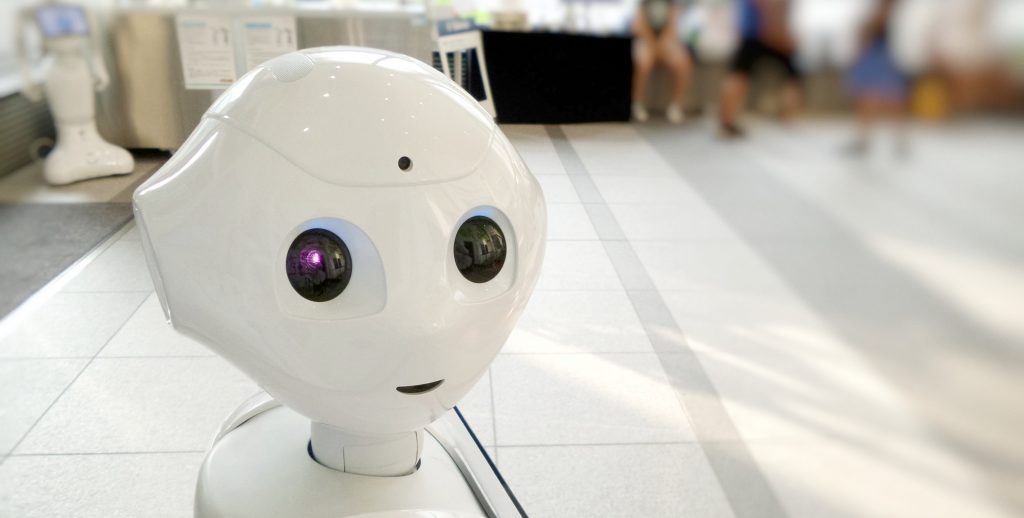
With the advancement of AI technology, robotic pets are now being designed to mimic the appearance and behaviours of real-life dogs and cats. A few decades ago, robotic pets in homes would have seemed like something from a sci-fi film, but today this has become a reality, and has had a real positive impact on the pet therapy market.
It is no secret, that dogs and cats can positively impact our health and wellbeing, and this also goes for their robotic counterparts. It is a known fact, that pets can help lower blood pressure and cholesterol levels, combat loneliness and improve our overall fitness levels. But did you know that robotic pets can also help improve a person’s physical and mental health? At Country Boarding for Cats and Dogs, we have highlighted three leading pet therapy robots currently on the market that help improve the lives of so many people around the world. We hope you find this article helpful.
1. Tombot
Patients suffering with dementia are often unable to care for a live pet and many doctors are turning to robot therapy pets as a practical alternative. One such pet therapy robot is Tombot believed to be one of the most realistic robotic pets in existence. Launched in 2022, the Tombot prototype can imitate the physical appearance of a real-life dog as well as provide emotional support to its owner. The robotic dog replicates the Golden Labrador Retrievers by barking, wagging its tail and responding to touch and voice commands. This specific model also comes with a free app that you can download and enables you to name your pet, customise its features and track your daily interactions.
2. Paro
Not all robotic pets take on the appearance of a cat or a dog. Step forward, Paro a Japanese animal-inspired robot that replicates a white-eyed baby harp seal. This innovative robot offers animal therapy for people diagnosed with dementia who may need help dealing with stressful situations. The pet therapy robot has five sensors: touch, visual recognition, audio, temperature detection, and posture recognition sensors helping to perceive a patient’s moods by the way they are sitting or standing.
The pet robot also has inbuilt facial recognition and has been helping people with Alzheimer’s disease and dementia, communicate and interact with loved ones since its launch in 2003. Paro has been proven to help dramatically lower the stress levels in dementia patients and was even accredited by Guinness World Records for its ground-breaking achievements.
3. Hasbro
In many nursing homes across America, the realistic robotic pet brand, Joy for All – invented by the toymaker Hasbro – provides company and joy to many elderly residents unable to own a real-life pet. Similarly, to many of the robotic pets currently on the market, this model has also been aimed toward people suffering from either Alzheimer’s disease or Dementia and is intended to replicate lifelike animal behaviour creating comfort for many individuals.
The brand has created two unique robotic models: a realistic feline which comes in either orange, grey, and a velvety snowy hue, and a dog modelled on a Golden Labrador. The robotic cat has received lots of positive reviews and has been scored highly on it sounding and feeling like a real life feline. Although Hasbro’s robotic cat does not walk, thanks to inbuilt sensors, it opens and closes its eyes, meows, cleans its ears with its paws, and rolls over on to its back allowing you to stroke its belly. In comparison, the robotic dog has a pulsating heartbeat and reacts to its owner by either nuzzling, moving its head, and barking when responding to voice commands and touch.
Closing thoughts…
It is easy to see why pets have such a positive impact on our physical and mental health. Sadly, for many people either living with dementia or with other health conditions, a real-life pet is just not possible and so a robotic one is a great alternative. You may not yet be able to take your robotic pet to a secure dog park in Hertfordshire or play fetch, but as AI technology advances, this may eventually become a reality.